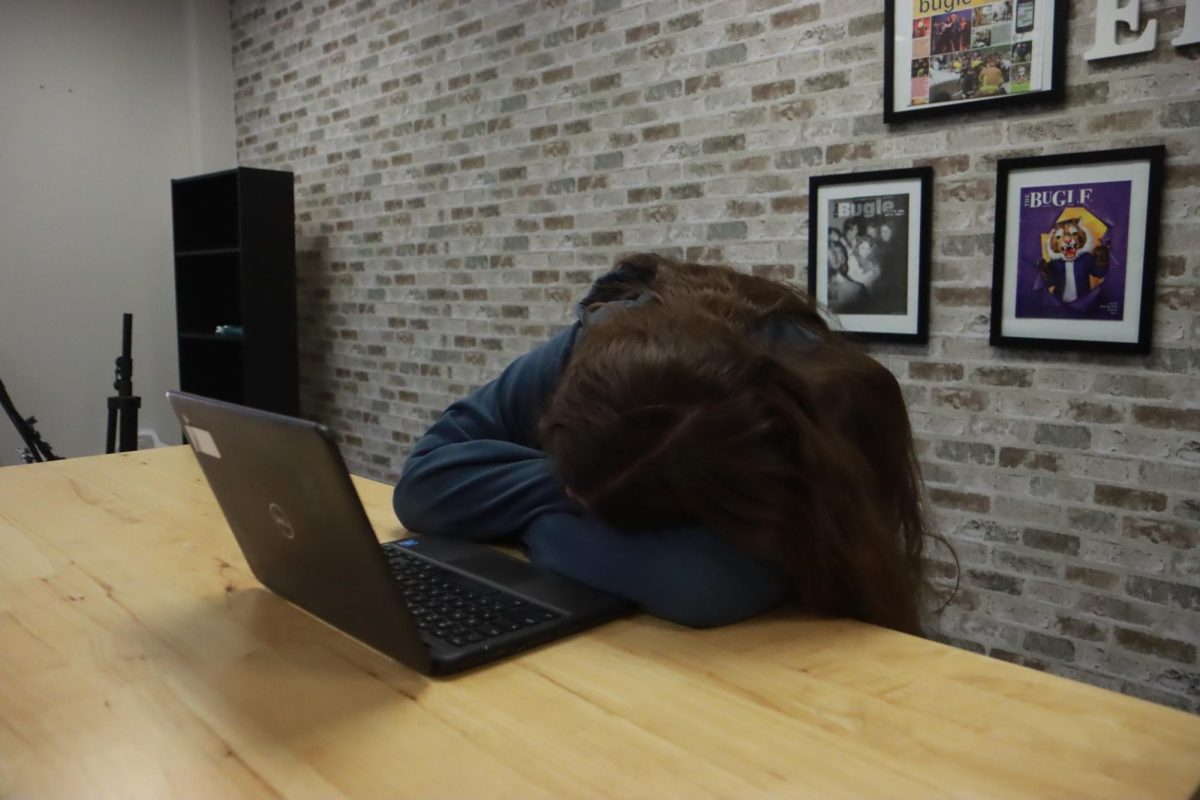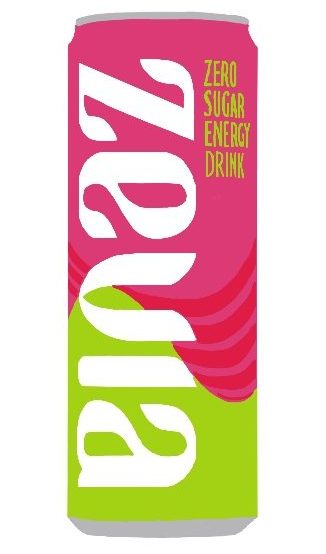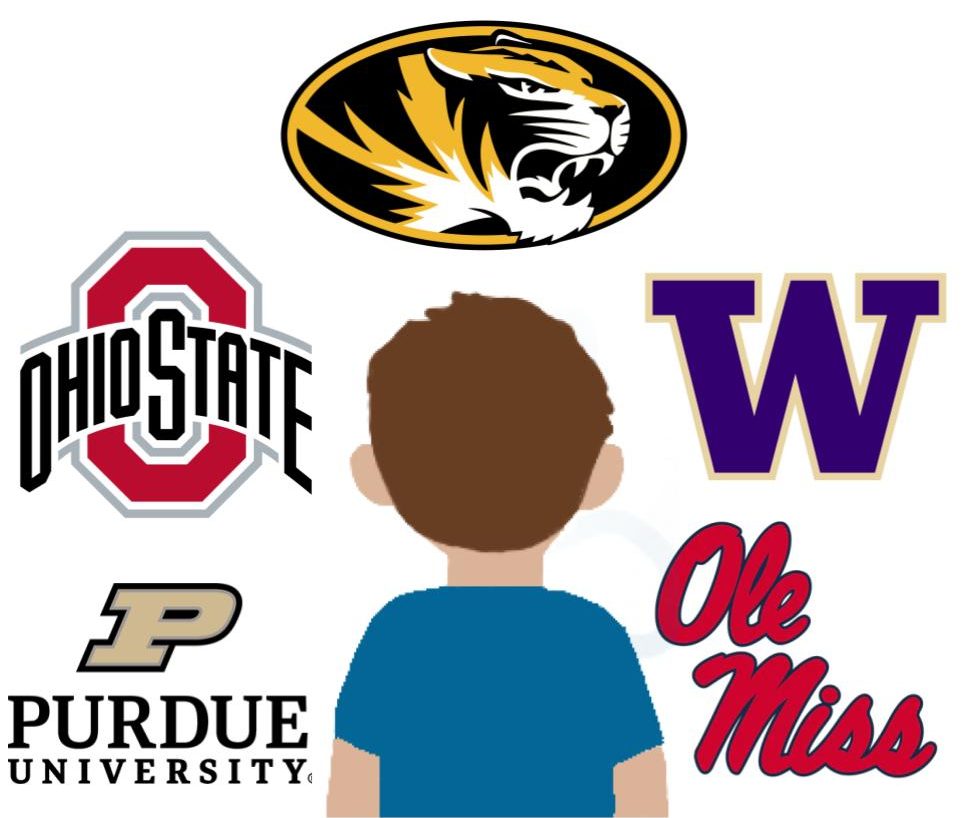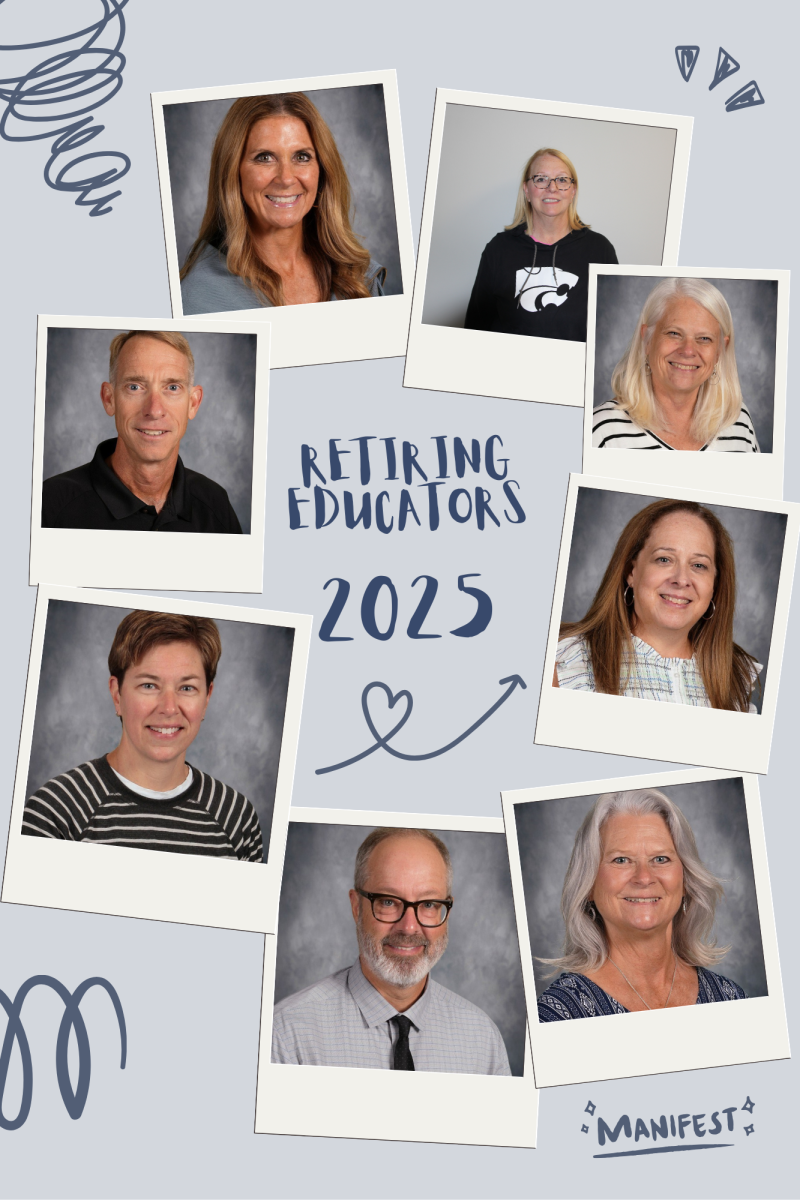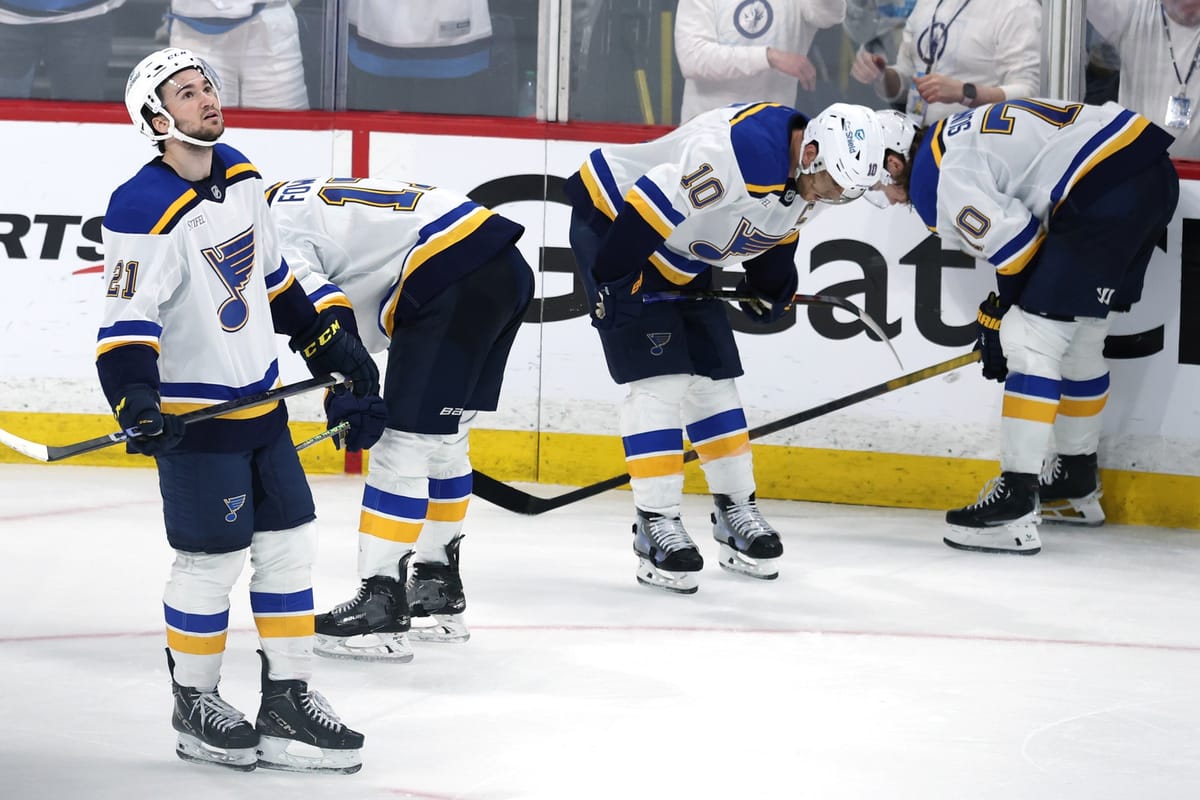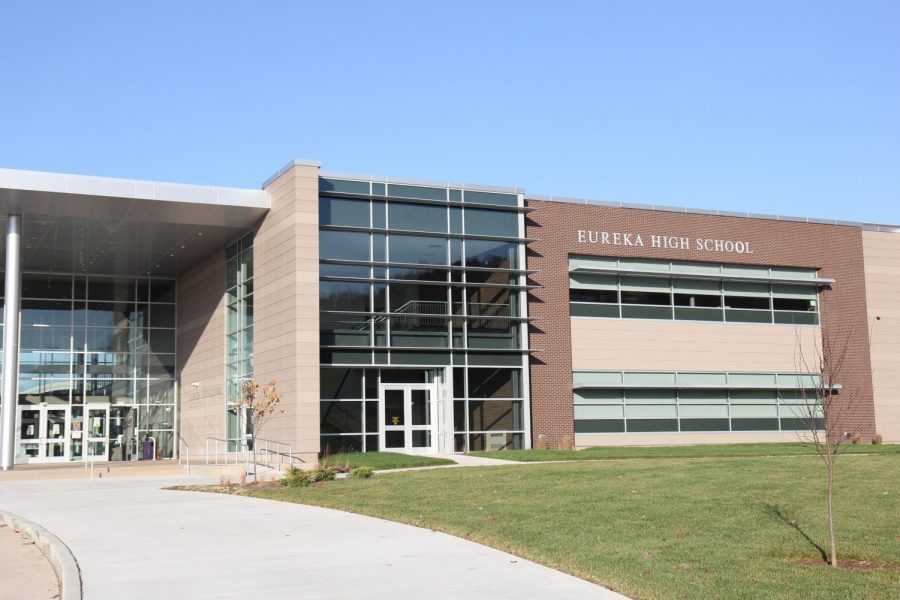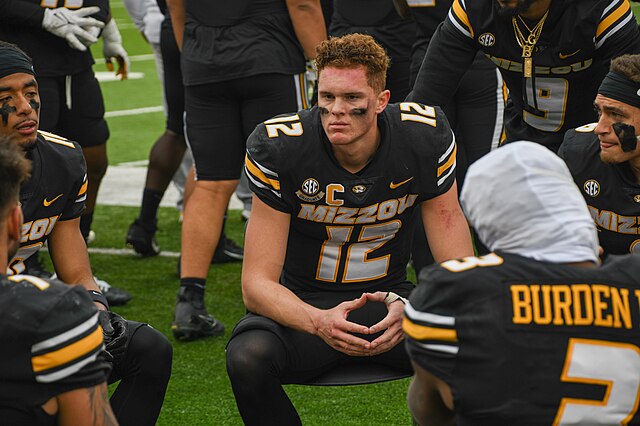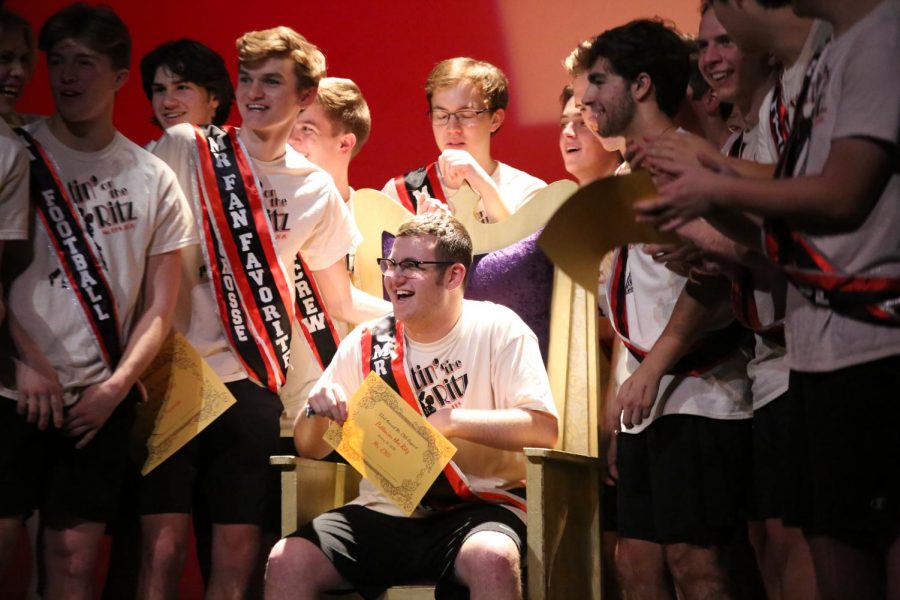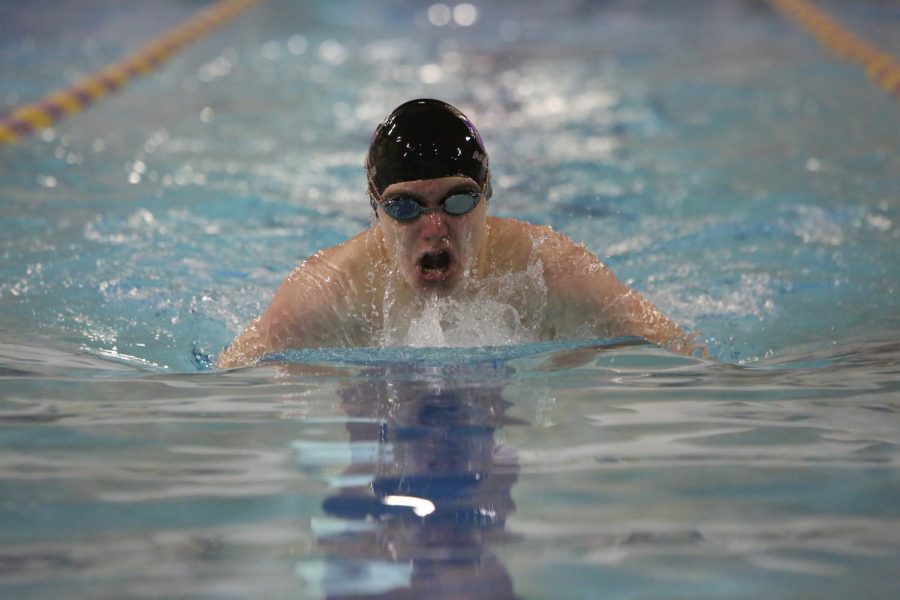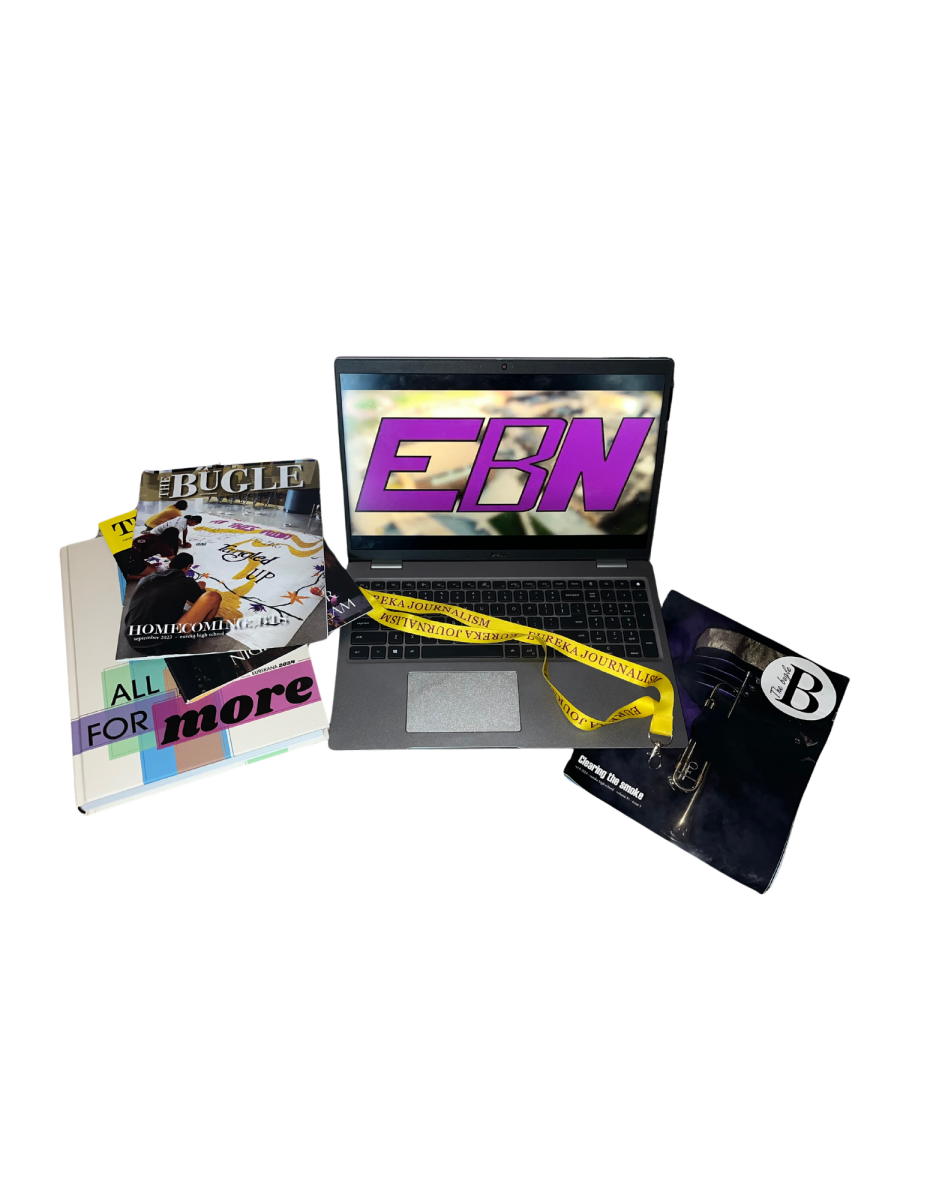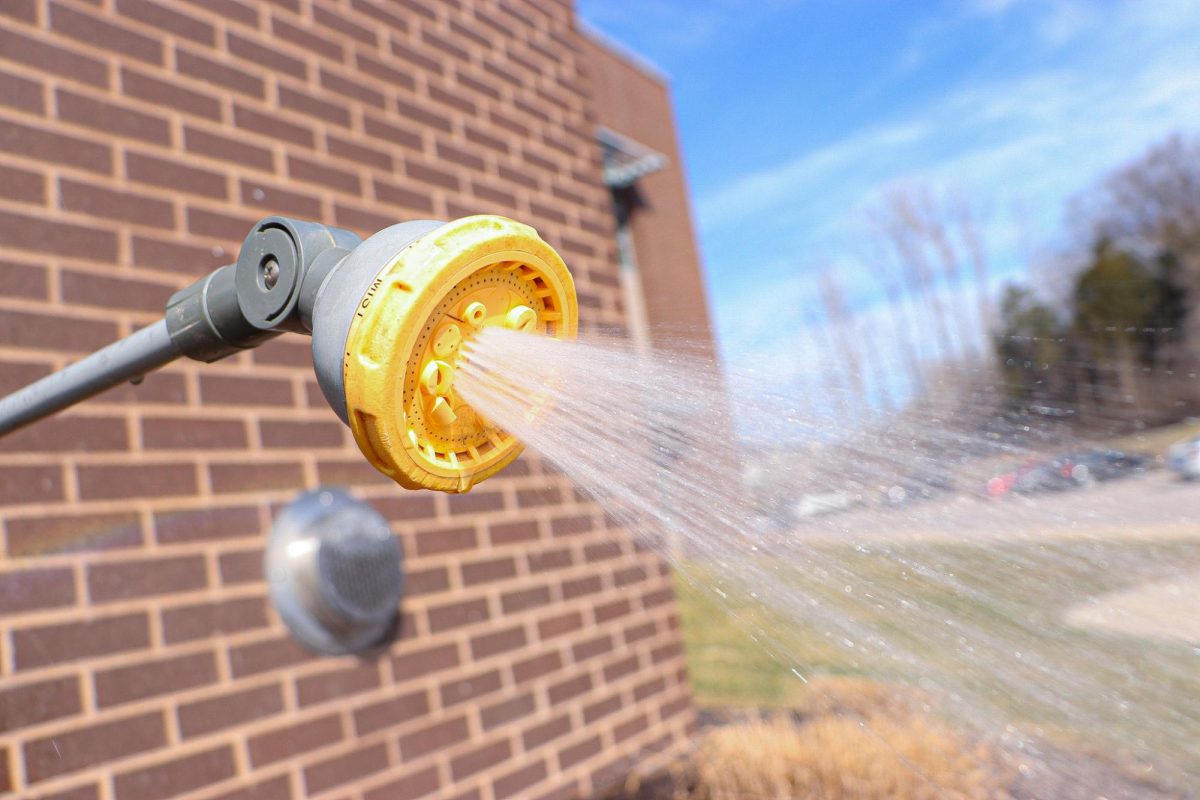As media becomes a more prominent source of information, the little things that play into the big picture of publications are often overlooked. According to a survey by Statistica, 67% of Americans see unverified or inaccurate news on social media daily. Ethical journalism is an important cornerstone of combating misinformation.
Students in the journalism program dedicate countless hours inside and out of school to produce content that amplifies student voices, keeps the community informed and that everyone in the school can enjoy. In a world oversaturated with information overload, it is vital for students to receive ethical and relevant information.
The First Amendment claims the right to publish information without censorship; this is called Freedom of the Press. This not only covers large media outlets such as ‘The New York Times’ and news stations, but the Rockwood School District grants student journalists coverage modeling the amendment.
While this amendment grants publications certain freedoms, there are ethics that need to be followed by journalists. Seek truth and report it, minimize harm, act independently, and be accountable and transparent. This code of ethics keeps journalism safe and protected, and allows reporters to cover topics of heavier content. Student journalists are taught the ethics of journalism before writing their first story. They also carry the responsibility of providing students with a collective voice. Student publications at EHS consist of The Bugle, Eurekana and Eureka Broadcast Network. Each section of publications is student led, with instruction and guidance from the advisor. This means that all work that is published is essentially the homework of journalism students.
Putting thisinto perspective, Journalism is like having an essay for Language Arts published for everyone to see, or math test scores up on display. People can form their own opinions and thoughts about specific topics, which is why student publication writers strive to stay neutral and objective in their content. Creating and forming an award winning news magazine, yearbook or broadcast is not an easy task, especially while adhering to ethical standards and determining content that appeals to the audience.
To produce a 16 page news magazine takes over a month, including story pitch, where members of staff share ideas and determine content. Writing stories includes interviewing multiple people who are involved in it and writing the story itself. Journalistic writing differs from writing for a Language Arts class because journalistic writing uses a different format. It can be difficult for new student journalists to get used to the change of MLA style writing versus AP style. The Bugle staff also designs all of their pages, which takes an incredible amount of attention to detail to make a visually appealing page. The Editor-in-Chief is in charge of editing and revising stories to check for grammatical and other types of errors. The editor puts the whole issue together, making sure it looks like one cohesive magazine.
Abby Amin, senior, is Editor-in-Chief of the yearbook; she oversees the yearbook staff, sets deadlines and edits all spreads. This is an extensive responsibility because there are many things that go into creating a great yearbook rather than just good photos.
“I think people get mad because our yearbook doesn’t come out until late summer. But if we put it out at the end of the year, it would only cover about half of the school year,” Amin said.
In each branch of student publications, staff members sometimes need to get photos or an interview during the school day. Even though it can be seen as disruptive or interrupting, it is a task that is necessary for publications to stay timely.
Eureka Broadcast Network is the school’s very own broadcast, where students record interviews and turn them into stories. Lexi Helms, senior, is the Broadcast Executive Producer and she combines the work from each group into one cohesive video. She helps the class work through any troubles they may have during the process of creating the video.
Each person who is in a journalism class has a role in that class. It allows each student to feel important and contribute to producing relevant journalism. As organizations have shifted from traditional news programs to more commentary format, ratings may have gone up but some viewers have lost trust in the media in general. Student journalists have had to work to combat preconceived notions about journalism, and sometimes it seems like people fail to realize students are teenagers learning to be and act as professionals.
“This class pushes students out of their comfort zone. Our product services the community just like anything else,” Helms said. “Just because we are students and teenagers doesn’t give people the right to disrespect us or not take us seriously. We deserve the same respect and professionalism you’d give anyone else.”
Student publications not only benefit the students who are a part of each staff, but it is something put out for each person in the community. Student journalism allows students to get real world experience practicing, interviews, talking to people who are important, taking criticism and not being afraid to hear someone tell you no. Dr. Corey Sink, head principal, believes that student publications are an important factor of the school.
“I would say it’s the voice of the students. It also highlights great things that are going on at the school, but it also is a way for the schools to be held accountable,” Sink said. “And I also think that you find some stories that maybe wouldn’t be highlighted if not for all of our publications.”


